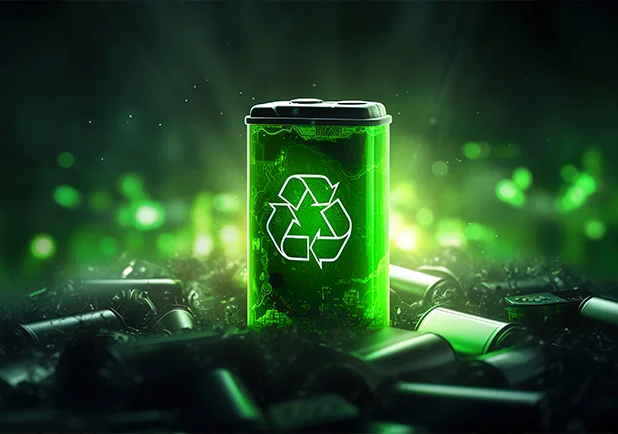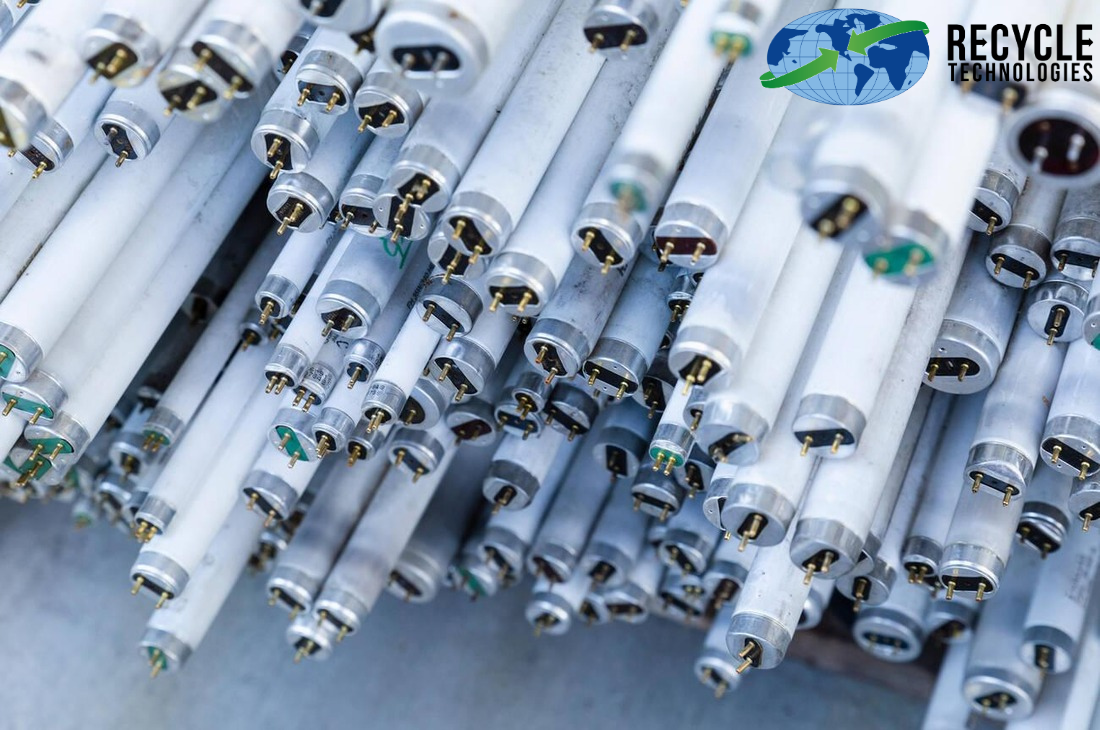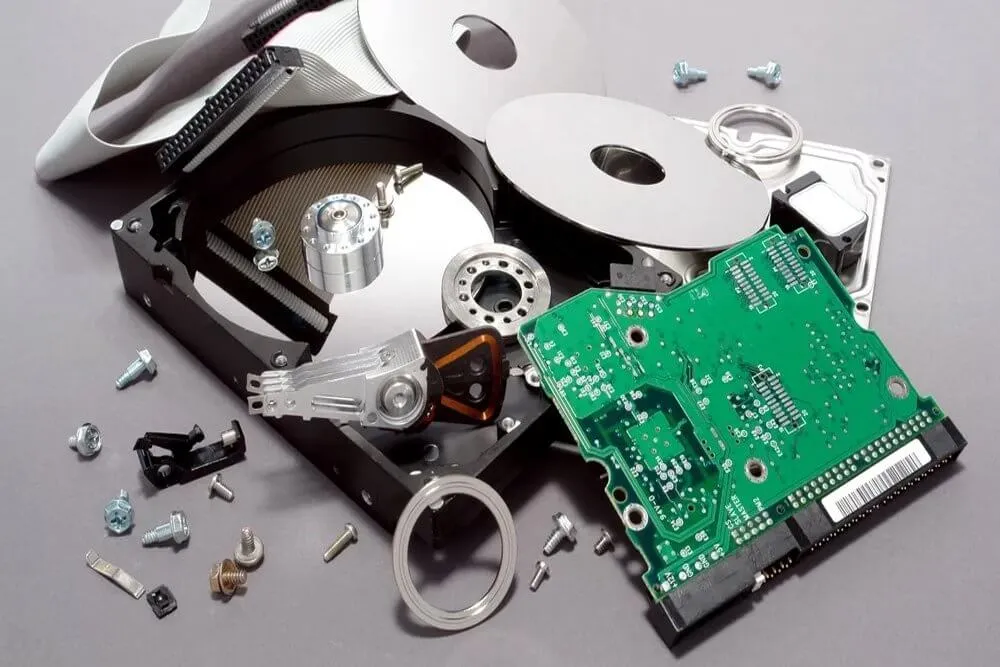Recycling e-waste has become one of the escalated ecological issues of the 21st century, thanks to our non-conformity to sustainability. While exclusively telling people to be responsible and eco-friendly, we might be missing the mark. Recycling e-waste is a messy process: lack of cost-effective measures and low energy density are just a few of the problems which make the public skeptical of the entire process.
However, there are developments for better recycling which we saw in January-March 2023, which utterly amazes us, for these techniques are unique, innovative, and bringing a new era of e-waste management. From smartphone jewelry to fruit peels recycling lithium batteries, this is our first of four 2023 recycling news roundup that truly stand out.
Would You Be Interested in Wearing a Smartphone Necklace?
We saw multiple independent companies using precious metals and other minerals from electronic waste recycling to create necklaces, rings, and bracelets.
Smartphones contain gold, silver, platinum and copper, and electronics companies spend a fortune buying and processing precious minerals, only to see them buried in landfills. To prevent these devices from ending up in landfills, some companies such as Lylie, Nowa and AuTerra have decided to convert the discarded smartphones into jewelry.
A typical cell phone contains 0.2 grams of gold and, with an average life expectancy of just 22 months (about 2 years), extracting and refining it results in a lower carbon footprint than primary mined gold. Despite the challenges, more jewelry companies are showing interest in recycled metals for reuse in clever ways.
Also Read:
Year in Review 2023: E-waste Recycling News that Amazed Us (Part 2 of 4)
Year in Review 2023: E-waste Recycling News that Amazed Us (Part 3 of 4)
Year in Review 2023: E-waste Recycling News that Amazed Us (Part 4 of 4)
Meet the New E-waste Handlers on the Block: Bio-microbes
To effectively handle e-waste, there have been multiple attempts at producing new ways to recycle such waste such as pyrometallurgy and hydrometallurgy. However, scientists and researchers are embracing the use of non-harmful microbes-bacteria, fungi, and algae to achieve a "clean" recycling of electronic waste. Such moves come after research shows conventional methods have come under scrutiny for relying on toxic chemicals that are harmful to the environment and human health.
One of the most popular techniques these researchers present is called “bioleaching” which is expected to reach peak circular economy status by 2030 if it is adopted. Pundits estimate that a new microbially recycled economy could be worth $4.5 trillion (about $14,000 per person in the US)
How AI Can Make Existing Recycling Processes Smart
TrashBot is a smart recycling bin aiming to revolutionize the recycling process by sorting waste at the point of disposal using AI and driving user engagement around waste diversion and recycling.
CleanRobotics, the company behind the venture, also collects high-quality data on every piece of waste deposited and provides on-demand, cloud-based waste audits.
TrashBot has proven to be an excellent solution for high-traffic areas where improper sorting and excessive contamination have been considerable obstacles to successful recycling and composting. However, this is not all.
With the recent feature update, the TrashBot will be able to display custom educational content based on the disposed items to provide its users real time feedback. These helpful tips are aimed to educate users about safe recycling, and handling e-waste with care when disposing of IT devices. The smart bin also announces when it is done with the sorting process.
At the time of writing this yearly review, the genius minds behind TrashBot are figuring out ways to make the sorting process versatile using AI applications and providing a more user-friendly experience while interacting with the smart bin.
Vapes Can be the Single Biggest Hurdle to E-waste Management. Here’s How.
Vapes are not only a health hazard, but they are also notorious to recycle, leading many waste management companies to resort to burning the modules. Who could have thought vapes would pose such a hurdle towards recycling?
E-cigarettes or vapes have become a pop culture phenomenon at this point, but they are not free from their own challenges. As it turns out, the only way currently to take care of e-cigs is to trash them or burn them.
Many schools in the US have started to push for a formal policy against vapes, as they end up paying more than $60 per gallon of e-cigarette waste generated from the schools alone. EPA’s rules currently do not apply to household items, which include vapes, which is why there is no formal policy.
Another problem arises when you realize that the salvageable material used in e-cigs are not enough to warrant extensive recycling processes. For example, lithium in the e-cig batteries is just not enough to get back simply from shredding and recycling.
Scientists Want to Use Fruit Peels for Lithium Battery Recycling
A recycling plant in Singapore is turning spent lithium batteries into useful metals, with the help of discarded fruit peels.
Nanyang Technological University (NTU) researchers who developed the technology of using fruit peels to tackle battery waste are working with local battery recycling and processing firm Se-cure Waste Management on the pilot project.
The technology could meet the urgent need for a recycling solution that is easily scaled up, said the scientists. Currently, less than 5 per cent of spent lithium-ion batteries are recycled globally and the volume of these used batteries is set to hit 11 million tons by 2030. It can process up to 2,000 liters (about twice the volume of a large refrigerator) of spent shredded battery mixed with fruit peel-derived solvents for the extraction of electrode materials, such as cobalt, lithium, nickel, and manganese.
In a Nutshell
We see that recycling electronic waste properly prolongs the availability of scarce natural resources for future generations. It also limits potentially dangerous chemicals from entering the ecological system, and lastly recycling electronic waste reduces the carbon footprint and pollution. These are important benefits that will help the environment and future generations.
Since electronic waste is one of the most rapidly growing issues throughout the world and many people do not fully understand the consequences of it and the problems it could cause for future generations it has the potential to be a large issue.
The Environmental Protection Agency did a study that predicted that seventy percent of the heavy metals and forty percent of the lead that is now in U.S. landfills is from electronic waste. This number is just going to keep growing if something is not done soon to stop the amount of electronics that are being sent to landfills. Luckily, we have researchers trying to beat such odds, and achieve a sustainable circular economy with modern and unique e-waste recycling methods.











